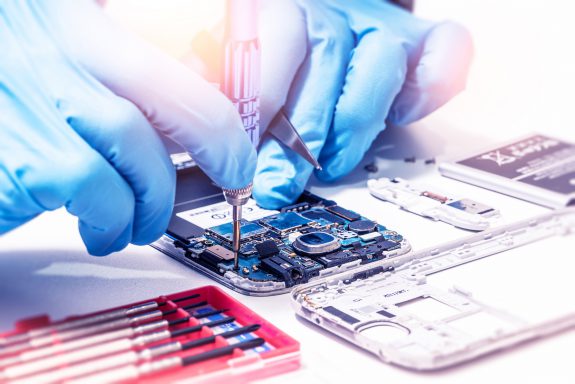

Holding onto a mobile phone for an extra year can reduce the carbon footprint of manufacturing a replacement by 24kg Co2 per person writes Gavin Miller, CEO, of Asurion Europe
Consumers increasingly prioritise sustainability when buying or replacing products. A 2023 consumer survey revealed rising adoption of behaviours like buying second-hand items, investing in longer-lasting products, and repairing more. The potential cost savings and environmental benefits of extending device lifespans can motivate consumers to delay upgrades.

The industry must respond by providing trade-in services, and recycling, and offering support and advice on device maintenance. Tech protection firms, in particular, play a crucial role in prolonging device lifespans by providing technical support and repair services.
The UK ranks as the ninth highest producer of e-waste globally and second only to Norway in e-waste volume per person. A significant contributor to this problem is our tendency to replace rather than repair broken mobile phones and other small electronics. British households, on average, are hoarding almost one unused mobile phone per person, totalling over 63 million phones according to a recent study.

Consumers often replace mobile phones well before their functional lifespan ends, driven by desires for the latest features and software upgrades. Repairing devices is often perceived as too costly and inconvenient, leading many to opt for replacement over repair.
A YouGov survey revealed that less than half of smartphone owners would consider repairing their device if it malfunctioned, with cost being a primary deterrent. Another study found that 67 per cent of respondents replaced fully functional mobile phones. Consequently, valuable materials like silver, platinum, palladium, and gold are lost instead of being reclaimed and reused.
Manufacturers are increasingly incorporating recycled materials into their products. For example, the iPhone 15 range uses 75-100% recycled aluminium for cases, 100 per cent recycled cobalt in batteries, and recycled copper and rare earth metals in charging systems. However, sustaining this practice relies on consumers recycling or trading in old devices instead of sending them to landfills.
Consumers face challenges when trying to recycle old devices. The UK has few Household Waste Recycling Centres (HWRCs) per capita and per area, potentially leading to closures due to restrictions on charging for DIY waste disposal. Inconvenient locations outside of towns and reliance on car travel further discourage recycling.
Offering cash for old products incentivises recycling and can offset the cost of new devices. A YouGov study commissioned by Compare & Recycle found that 22 per cent of respondents had used trade-in services, but this figure needs significant growth to address e-waste volumes effectively. Despite slow adoption of trade-in services, the second-hand smartphone market is expanding, indicating potential for further growth.
This issue is urgent, especially considering the steady growth of the UK’s consumer electronics market and the surge in smartphone ownership over the past decade. Without sustainable measures, championed by industry, governments, and stakeholders, to encourage responsible recycling and disposal of unwanted devices, this problem is likely to worsen.






